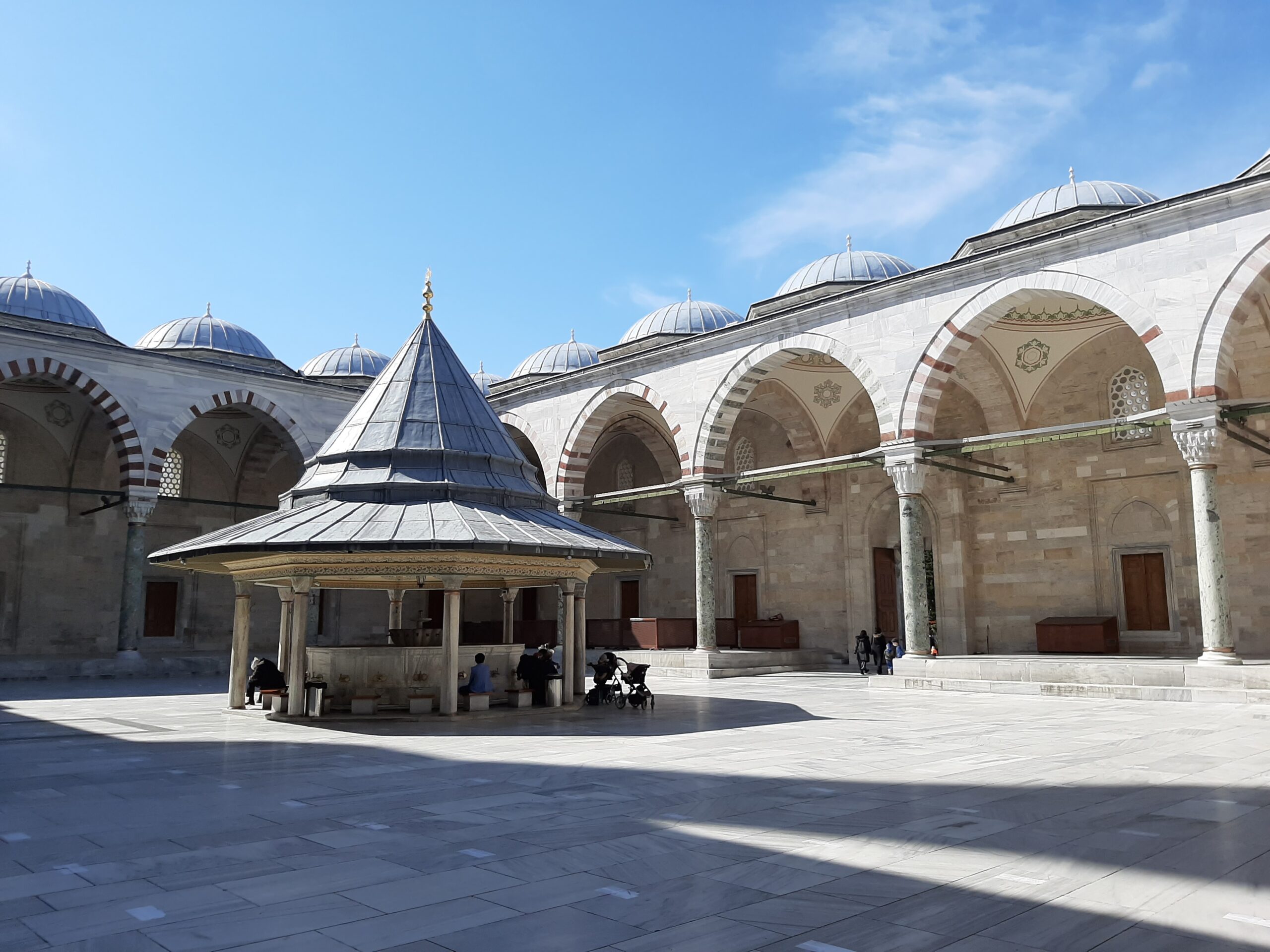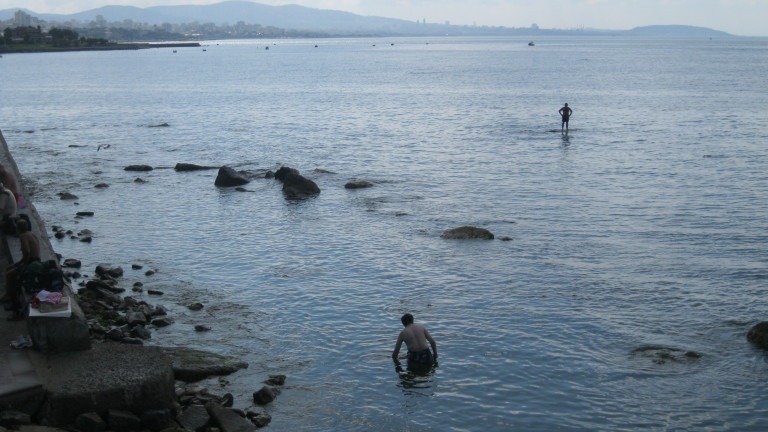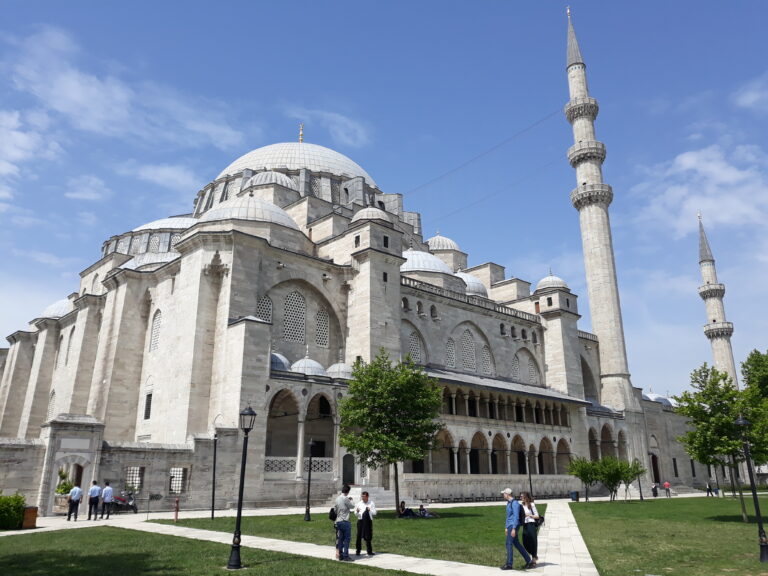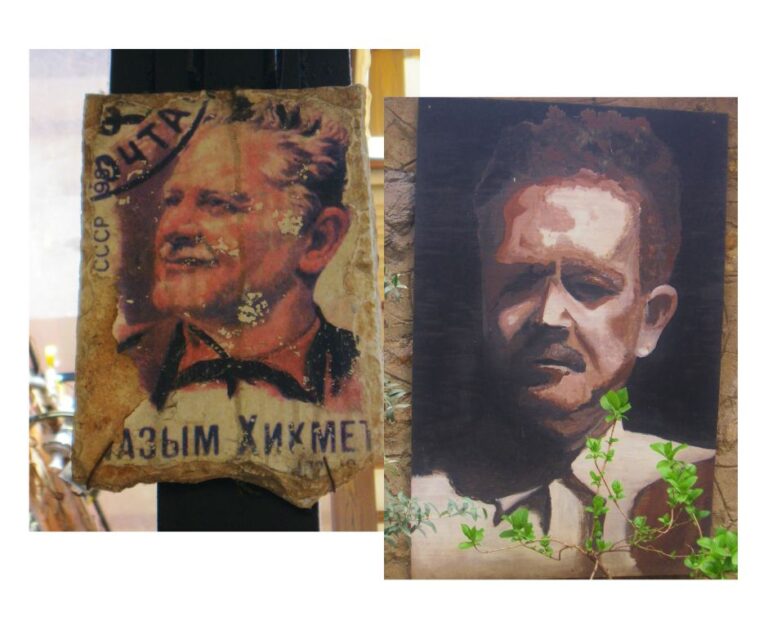The Ottoman Empire and its 36 sultans
As I’ve mentioned elsewhere on this website I’m no historian. When it comes to remembering important names and people, I’m forever looking things up and almost immediately forgetting them, unless I actually visit an historical sight and the experience brings the facts to life.
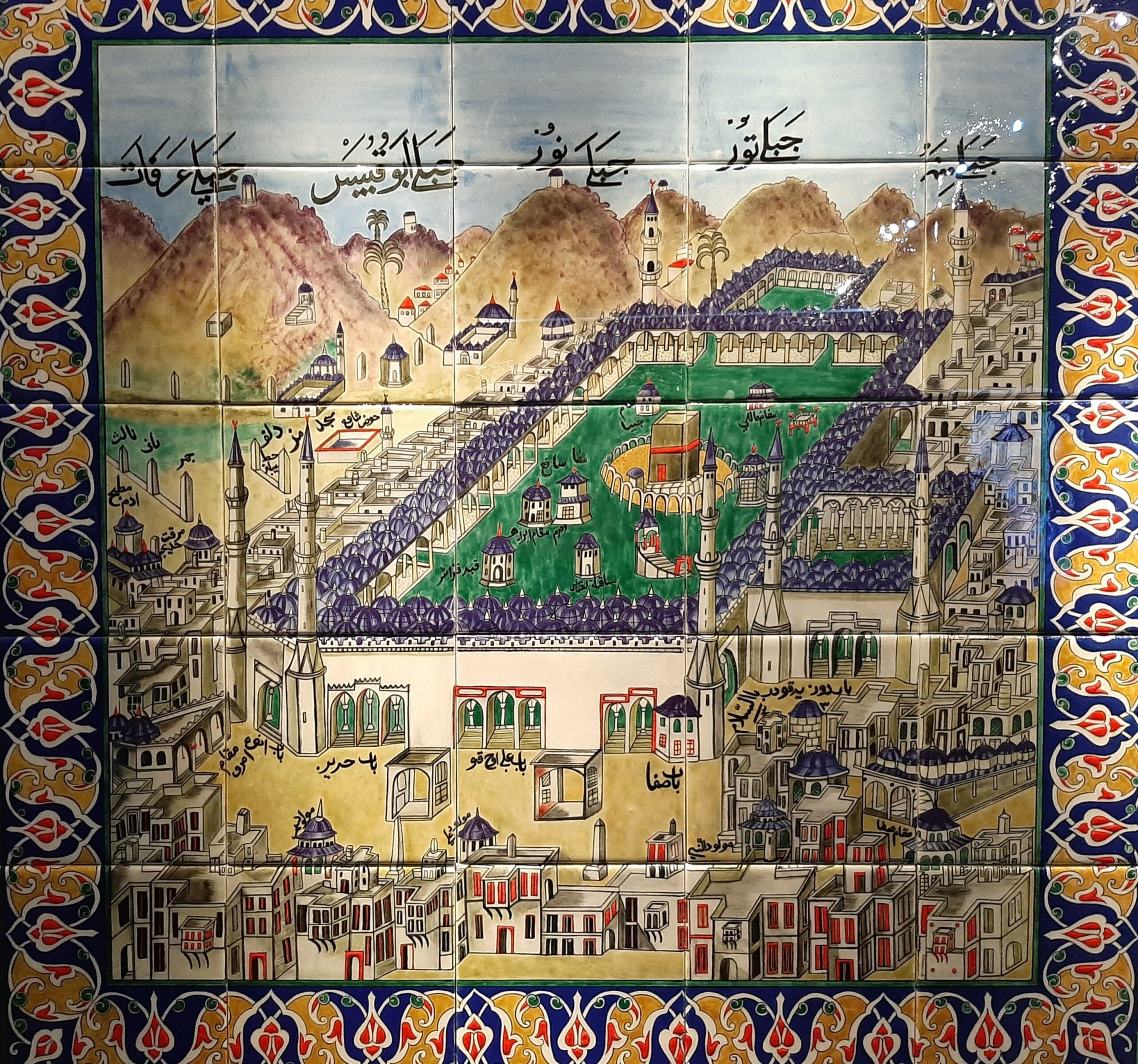
As you can imagine, writing a brief history of the Ottomans and the empire that spanned almost 600 years, headed by 36 sultans during that time, is a big ask. I prefer to leave that to the experts so see the further reading section towards the end. Instead, I’ll give a brief overview of the sultans who forged the Ottoman Empire and their contributions to architecture, exploration, art, religion and more.
If reading all about them sounds too much like hard work just scroll through until you reach the legacy of the Ottoman Empire in Istanbul section below.
First 10 Sultans of the Ottoman Empire
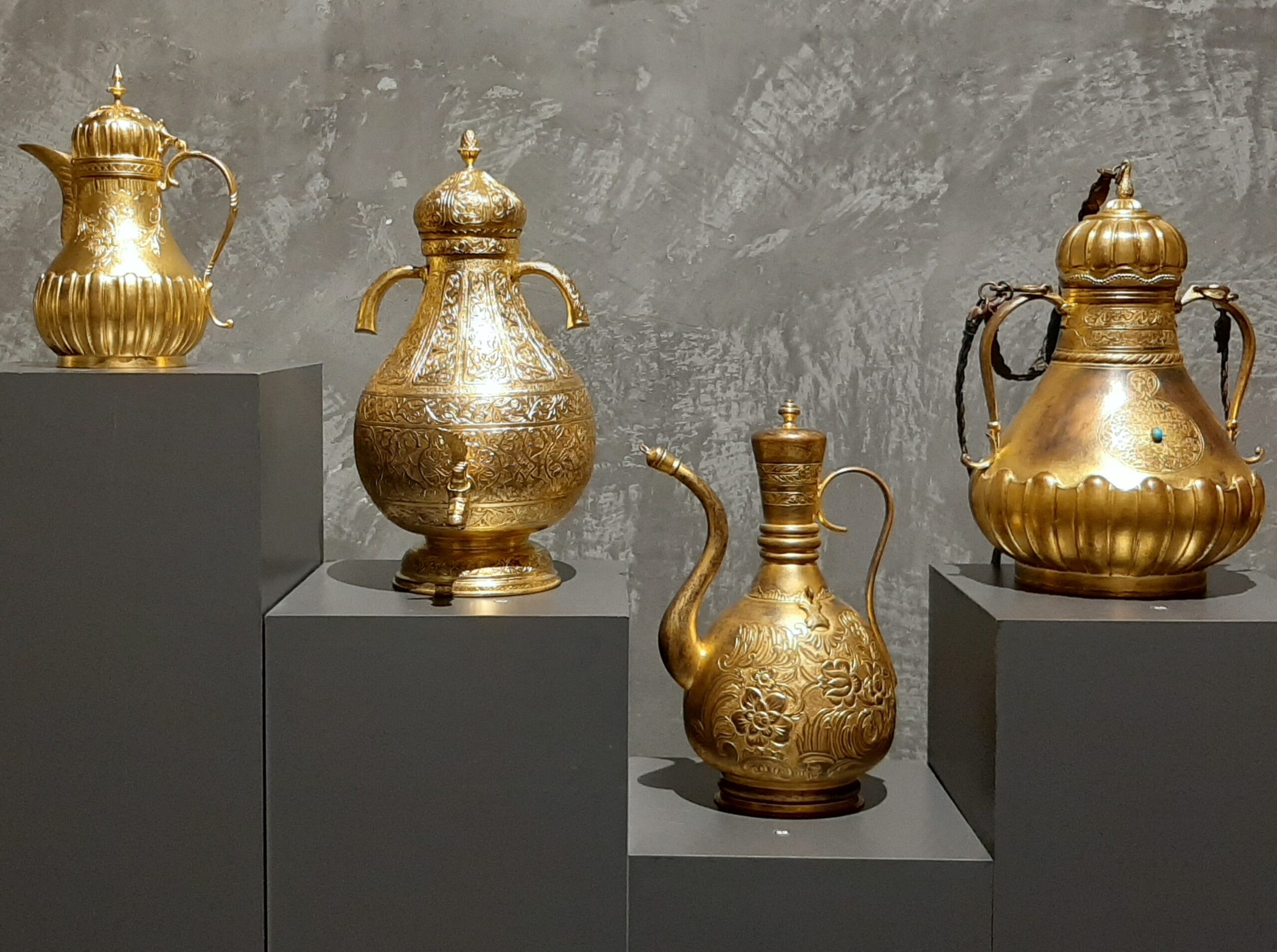
Ottoman rule began in the 14th century under the leadership of Osman 1 or Orhan Ghazi as he was also known. His rule lasted from 1299 until his death in 1323 or 4, but little detail exists about his life. Osman 1 lived in Bursa and transformed what was then a small principality into the foundations of a vast empire. Both Osman 1 and the next in line, his son Orhan Gazi, are buried in separate tombs on a hill overlooking the city.
The second sultan was followed by Murad I who reigned from 1359-1389, then Bayezid I the Thunderbolt. After he died in 1402 Beyazid’s sons fought each other for ten years. One of them, Mehmed I, was able to unify lands controlled by the Ottoman Empire and defeat his brother. Mehmed I went on to reign from 1413 to 1421. He was followed by Murad II, who ceded his position in favour of his son Mehmed II, aka Fatih Sultan Mehmet.
At the time Fatih Sultan Mehmet was just 12 years old. He stayed in power for two years until he asked his father to take over in response to threats from the Janissaries and the collapse of the European alliance. Seven years later Fatih Sultan Mehmet took control once more, and conquered Constantinople, as Istanbul was previously known, in 1453. He remained as sultan until he died in 1481.
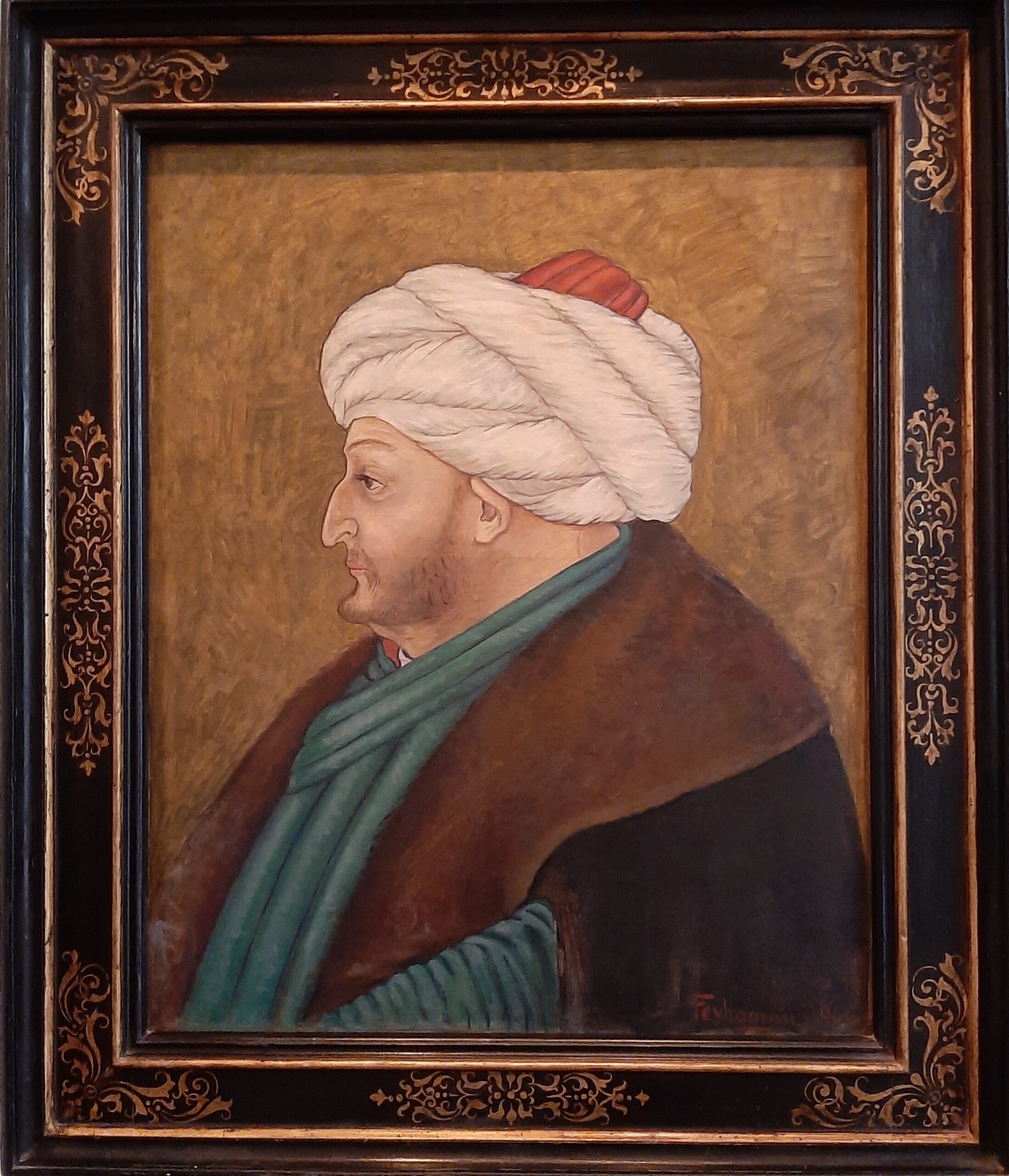
Next one of his sons, Bayezid II the Just, became sultan. He managed to hang on until 1512, defeating one of his brothers but unable to overwhelm another brother Selim. Bayezid II abdicated and Selim I (also known as Selim the Grim) remained in power until 1520. During his reign he expanded Ottoman territory into Syria, Hejaz, Palestine and Egypt. In so doing he’s believed to be the first Ottoman caliphate.
Suleiman I, better known as Suleiman the Lawgiver was the 10th Ottoman sultan. He ruled from 30 September 1520 to 6 September 1566, making his reign the longest of all the sultans. Not one to waste an opportunity Suleiman oversaw the expansion of the empire, reaching as far as the gates of Vienna.
He issued a single legal code to replace the varied and often duplicate laws issued by his predecessors and was also a patron of the arts. Under his patronage, trade in tulips flourished and tulip viewing festivals became elaborate affairs, precursors to the modern day Istanbul Tulip Festival. The grand Süleymaniye Mosque is his legacy write large in stone, designed by the incomparable imperial architect Mimar Sinan.
The next 20 Sultans of the Ottoman Empire
Usually dates aren’t my thing but I’ve decided to list the names of the next group of sultans with the dates of their rule in brackets to give you an idea of the turn over. I’ve also included any snippets of information about them I found interesting.
Ok, here we go.
Next in line were Selim II (1566-1574), Murad III (1574-1595), Mehmed III (1595-1603), Ahmed I (1603-1617), Mustafa I (1617-1618), Osman II (1618-1622) and Mustafa I for a second time around. He was put back on the throne in 1622 by the Janissary troops. Unfortunately he was under his mother’s thumb and achieved little in the year he was sultan.
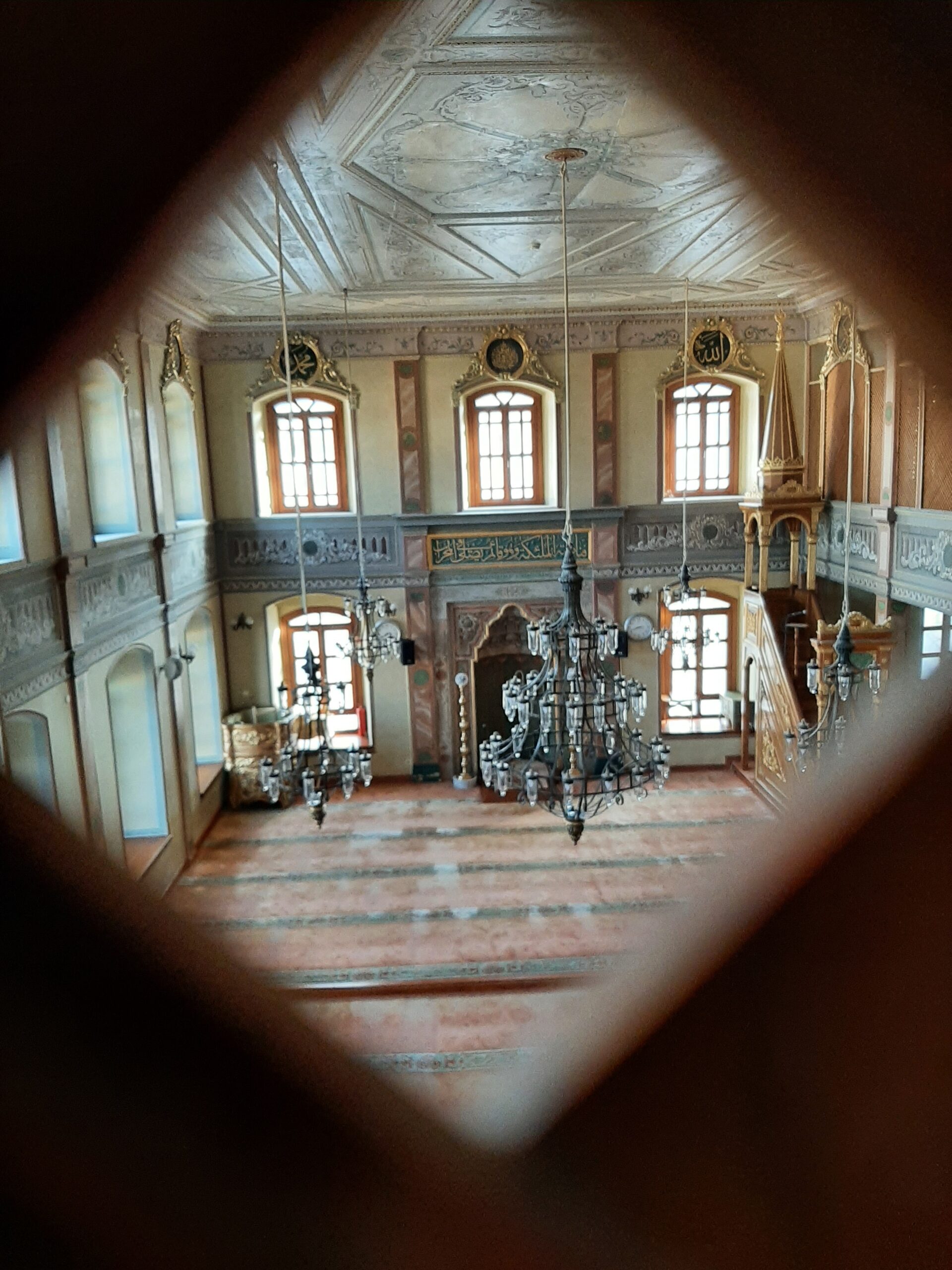
Then came Murad IV (1623-1640) and Ibrahim (1640-1648), the only sultan of that name. Ibrahim was known for his eccentricities and for raising taxes which won him no friends, particularly among the Janissaries who murdered him. Mehmed IV (1648-1687), aged 6, was the next sultan.
As you can imagine, he didn’t rule at first so much as do what he was told by his maternal elders, the Janissaries, and grand viziers. He didn’t mind because it meant he had plenty of time for hunting which he much preferred to ruling an empire. Naturally were more than happy to fill the void and when Mehmed IV failed to stop a grand vizier from starting a war with Vienna, he was deposed by an armed mutiny.
This catapulted Süleyman II (III) (1687-1691) into the role. He was equally ill-suited to the task having spent 36 years locked away in the kafes the gilded prison in Topkapi Palace. Luckily he had more sense than his half-brother and teamed up with grand vizier Fazıl Mustafa Paşa. After him came Ahmed II (1691-1695), Mustafa II (1695-1703), Ahmed III (1703-1730), Mahmud I (1730-1754) and Osman III (1754-1757). Like Süleyman II, Osman III spent his youth locked away and was best known for trying to keep women away from his person, and other oddities.
Mustafa III (1757-1774), Abdülhamid I (1774-1789), Selim III (1789-1807), Mustafa IV (1807-1808) and Mahmud II (1808-1839) came next and their respective rules were marked by the decline in the reach and power of the Ottoman Empire.
The last 6 Sultans of the Ottoman Empire
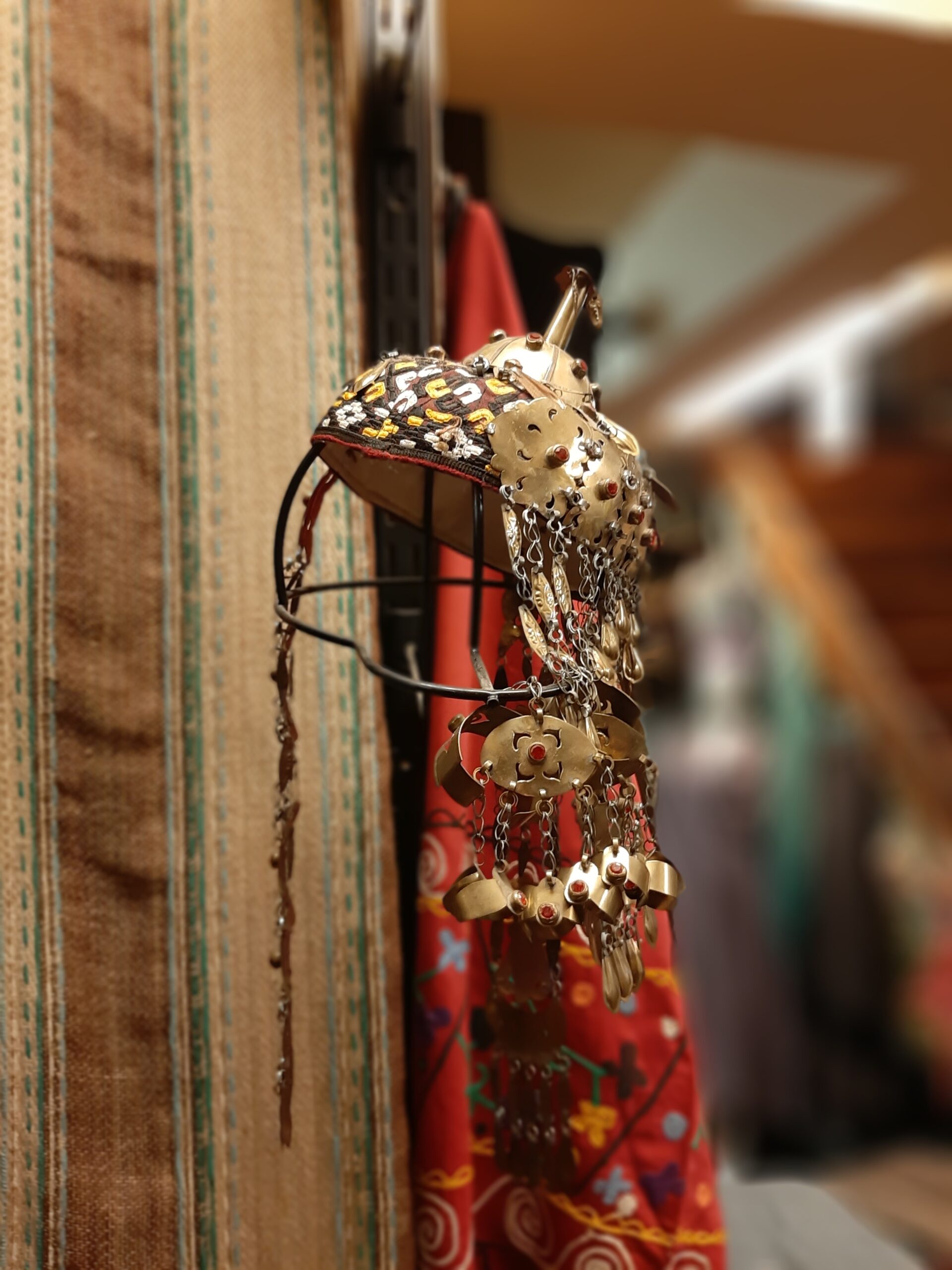
Abdülmecid I (1839-1861), Abdülaziz (1861-1876) and Murad V (1876) were followed by Abdul Hamid II (1876-1909). Love him or loathe him, he certainly left his mark. Opponents called him the kizil sultan, the red sultan, for the blood he shed while supporters admired him for his strong leadership style. Determined to stop the Empire from sinking further, Abdul Hamid II introduced new reforms to modernise Turkey while at the same time trying to establish a pan-Islamic identity. He had schools established to train the Ottoman elite in western ways of thinking and tried to reinvent the caliphate as a multicultural Ottoman identity to bind subjects of different ethnicities and religions together.
Ultimately he failed and was deposed by the Young Turks in 1909. He left behind many treasures, including Yildiz Palace and the marvellous Yıldız Hamidiye Mosque. You’ll find all the details on how to get there, an extended history and anecdotes in my guide Istanbul 50 Unsung Places.
The Young Turks replaced him with Mehmed V (1909-1918). Mehmed V, a quiet scholarly man, became an acting sultan with no real clout. He ruled during the Balkan Wars when Turkey lost most of their remaining European territories and was against Turkey’s entry into World War I. However practical power rested with the Committee of Union and Progress and they went ahead. Mehmed V died before Constantinople was occupied by the Allies.
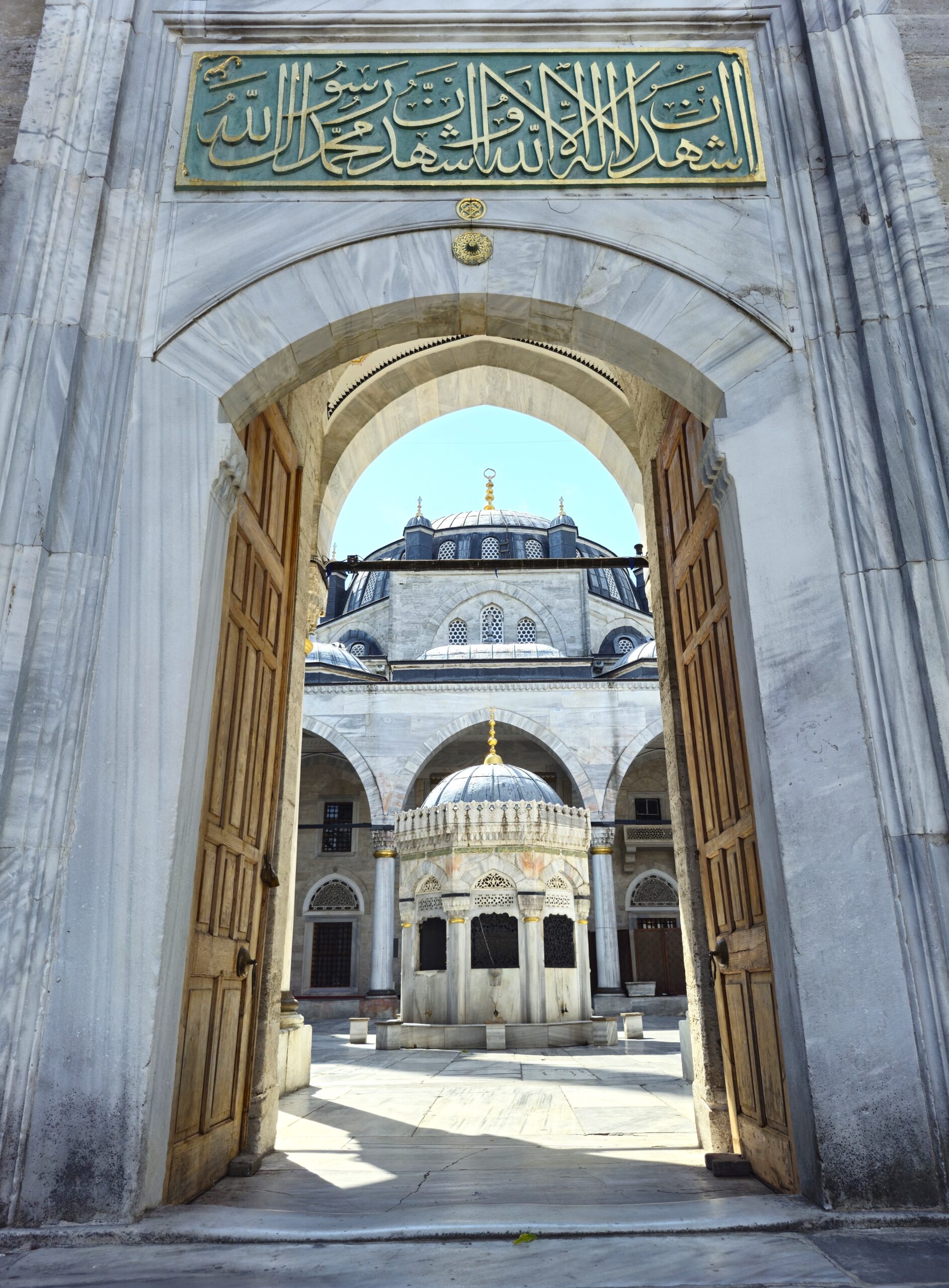
The penultimate sultan Mehmed VI (1918-1922), lived through the Allies’ attempts to take over the country and the Occupation of Istanbul. He managed to negotiate a deal to save his dynasty and signed the WWI peace Treaty of Sevres, which enabled Turkey to remain intact as a country. Not long after the nationalists abolished the sultanate and Mehmed fled the country.
The new government then elected Abdülmecid II (1922-1924). He is not actually counted as one of the 36 sultans, and had no political power. He lived through the Liberation of Istanbul in 1923 but went into exile when Mustafa Kemal Ataturk decided to declare the Turkish Republic .
The legacy of the Ottoman Empire in Istanbul
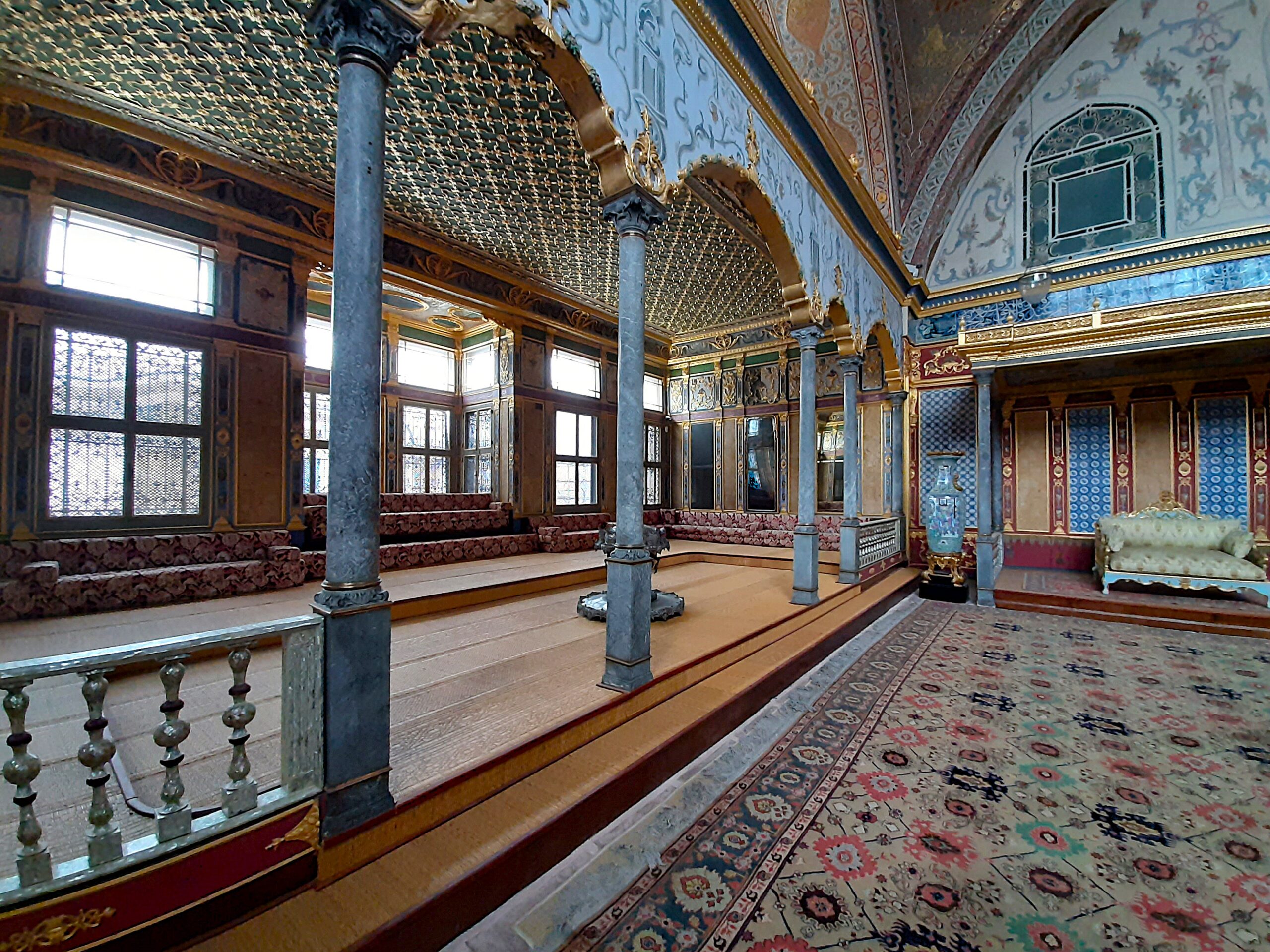
The best place to get a sense of all that history is in the Sultanahmet area of Istanbul. If you’ve never visited the city before, I strongly recommend you book a hotel there because it’s in easy walking distance to the majority of the sites you’ll want to visit. Like the Grand Bazaar, the Sultanahmet (Blue) Mosque, Hagia Sophia , Topkapı Palace and Dolmabahçe Palace.
If you want to go further afield you can easily catch the tram down to Eminonu where you can get ferries over to Kadikoy on the Asian side of Istanbul, sail up the Bosphorus or take another tram along the Golden Horn to visit Eyup, Fener and Balat.
Hamam are another wonderful legacy of the Ottoman Empire. Of course, the Ottomans didn’t come up with the idea but they certainly took Turkish baths to another level. Do factor in at least one hamam experience and then check out these seven reimagined Turkish baths without getting wet.
Further reading on the Ottoman Empire
If you want to delve deeper into what made the empire tick and why it eventually fell,
Lords of the Empire: A History of the Ottoman Empire by Jason Goodwin is a good place to start, as well as these other books on the Ottoman Empire.
Now that you have some historical background on the Ottoman Empire, here are my helpful tips for planning your trip to Istanbul and Turkey.
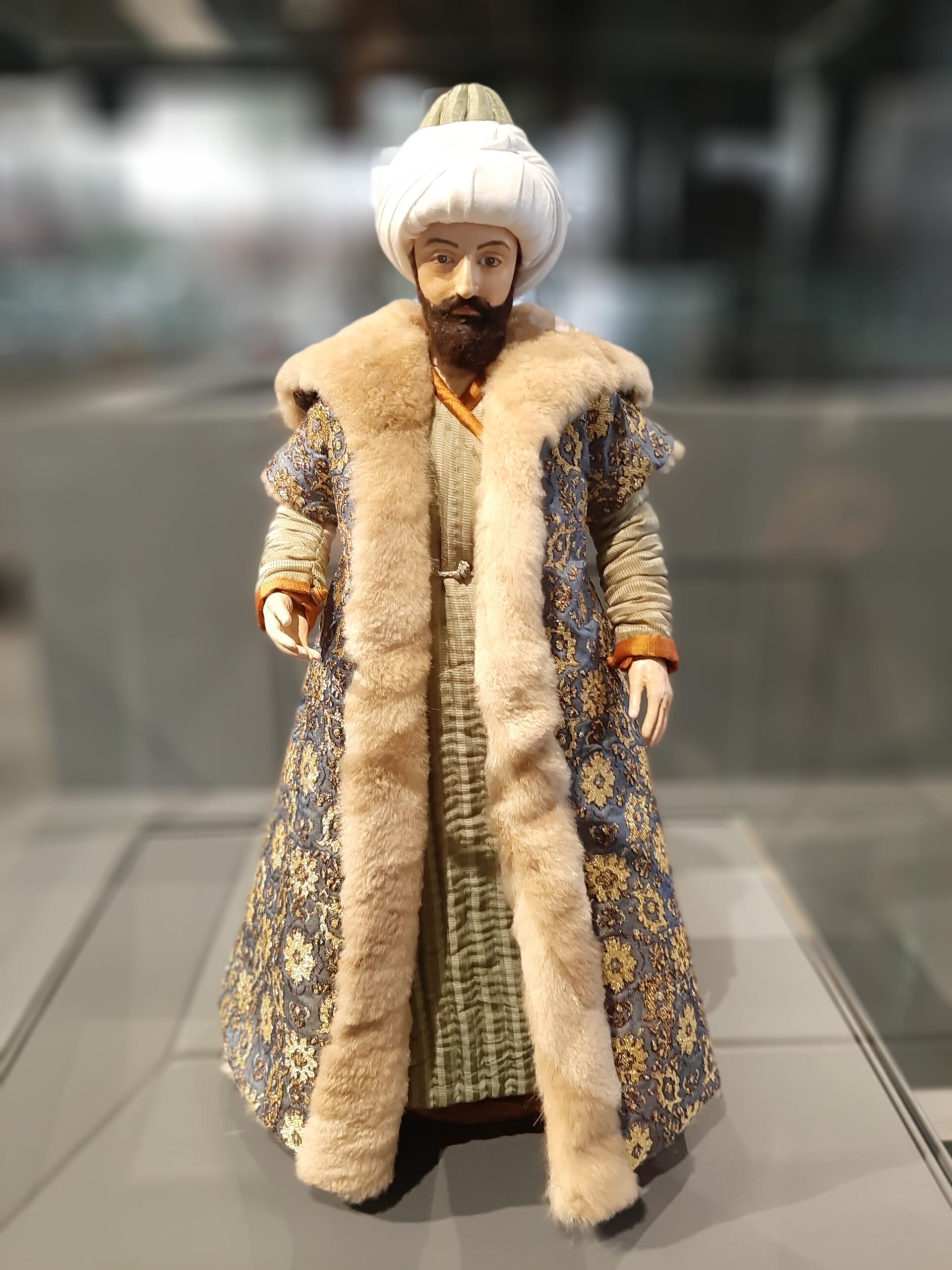
CITY TOURS & DAY TRIPS: Let me guide you around Kadikoy with my audio walking tour Stepping back through Chalcedon or venture further afield with my bespoke guidebook Istanbul 50 Unsung Places. I know you’ll love visiting the lesser-known sites I’ve included. It’s based on using public transport as much as possible so you won’t be adding too much to your carbon footprint. It includes a fun way to learn more about the sultans and their wives with a visit to the Üsküdar Hanım Sultanlar Müzesi.
Then read about what you’ve seen and experienced in my three essay collections and memoir about moving to Istanbul permanently.
For FLIGHTS I like to use Kiwi.com.
Don’t pay extra for an E-VISA. Here’s my post on everything to know before you take off.
However E-SIM are the way to go to stay connected with a local phone number and mobile data on the go. Airalo is easy to use and affordable.
Even if I never claim on it, I always take out TRAVEL INSURANCE. I recommend Visitors Coverage.
If you’re travelling alone, check out this post on useful solo travel tips Turkey for women (and men).
I’m a big advocate of public transport, but know it’s not suitable for everyone all the time. When I need to be picked up from or get to Istanbul Airport or Sabiha Gokcen Airport, I use one of these GetYourGuide AIRPORT TRANSFERS.
Browse the GetYourGuide website or Viator to find even more ways to experience Istanbul and Turkey with food tours, visits to the old city, evening Bosphorus cruises and more!
However you travel, stay safe and have fun! Iyi yolculuklar.
